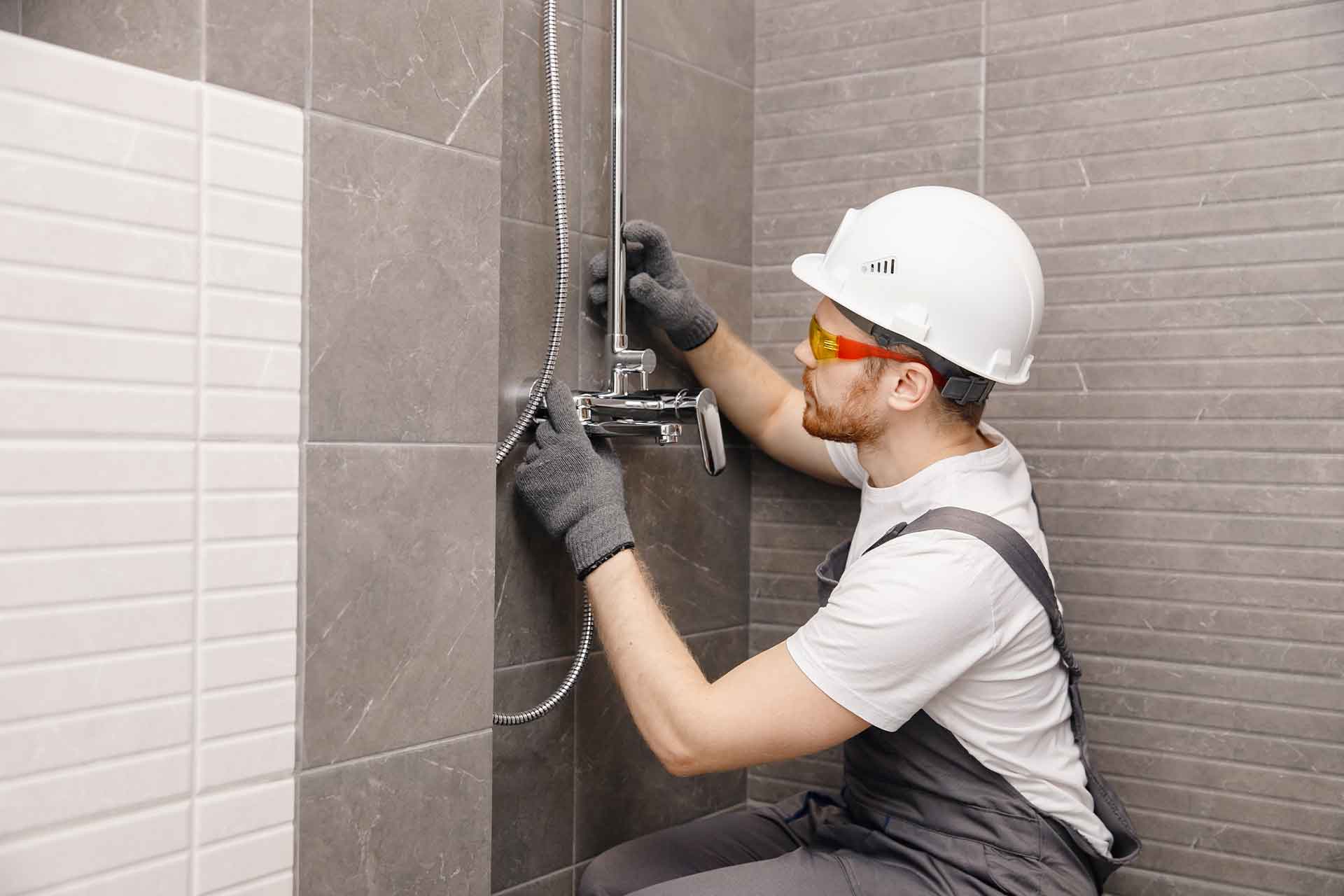Blog>Expert Advice>Making your home more accessible
Last updated: 15 March 2024
Making your home more accessible
We explain what accessible house design is, why it's important, and how to create practical, yet stylish, inclusive design choices in and around your home.

What is accessible house design?
An accessible home is designed with inclusivity in mind. It's about creating a user-friendly space so those with mobility challenges, disabilities, or aging-related concerns feel just as secure and comfortable in the home as anyone else.
The shift in accessible home design
This 'universal design' concept is being more widely embraced by builders and architects as the demand for accessible homes increases.
We're living longer and many homeowners are keen to prepare for this by future-proofing their property.
There's also an upward trend in multigenerational living, where three or more generations live under one roof. In this sense, home accessibility becomes a priority to make sure the needs of older family members are met in a shared environment.
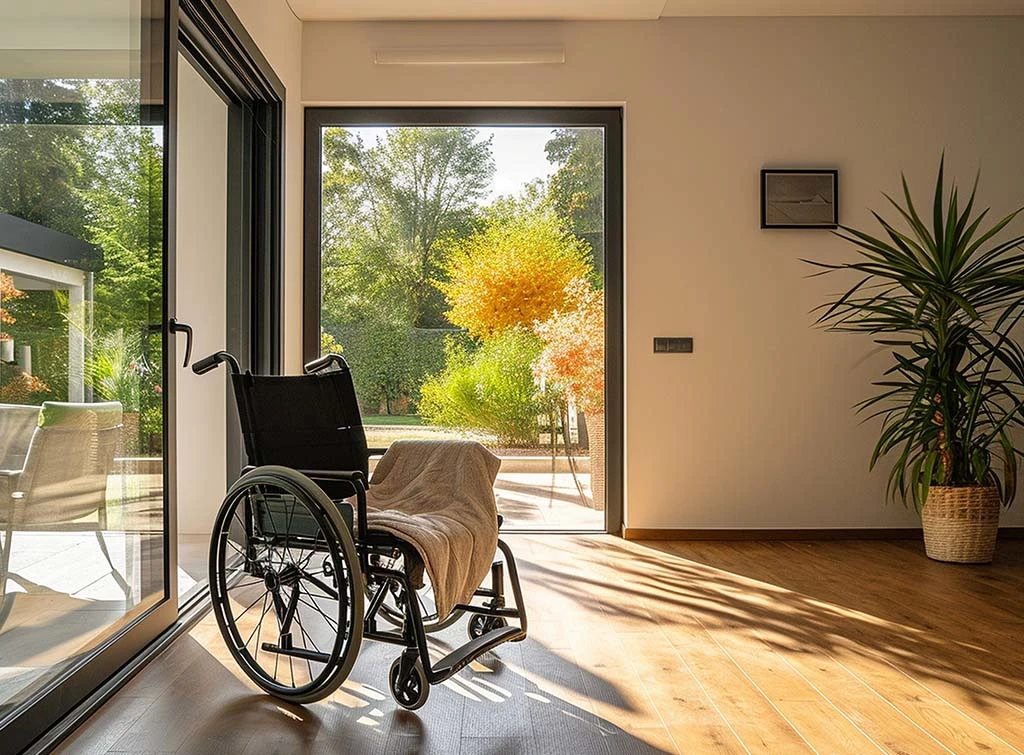
Key considerations for accessible house design
A key consideration in inclusive design is pairing home accessibility with stylish and beautiful designs, avoiding the traditionally 'clinical' feel.
Plus, it's about matching your current needs with those that might arise in the future.
Whether you make changes as and when fixtures and appliances need replacing, slowly introduce smart technology to your home, or undertake major future-proofing projects during a renovation or self-build, your future self with thank you for your foresight. For example:
When your hob needs replacing, consider swapping a gas variety for an induction hob. That way, there's no risk of leaving the gas on
Introduce smart technology earlier in life, giving you time to understand how it works and reap the full benefits of home automation
Renovating your bathroom? Choose a stylish walk-in shower rather than reworking the space to make it more accessible further down the line
See the tradespeople we've checked and recommend for your job
Incorporating accessible design in your home
Whether you're designing with someone's mobility issues in mind now, or creating a future-proofed home, here are some of the top ways to add accessible designs into your plans.
Accessible living spaces
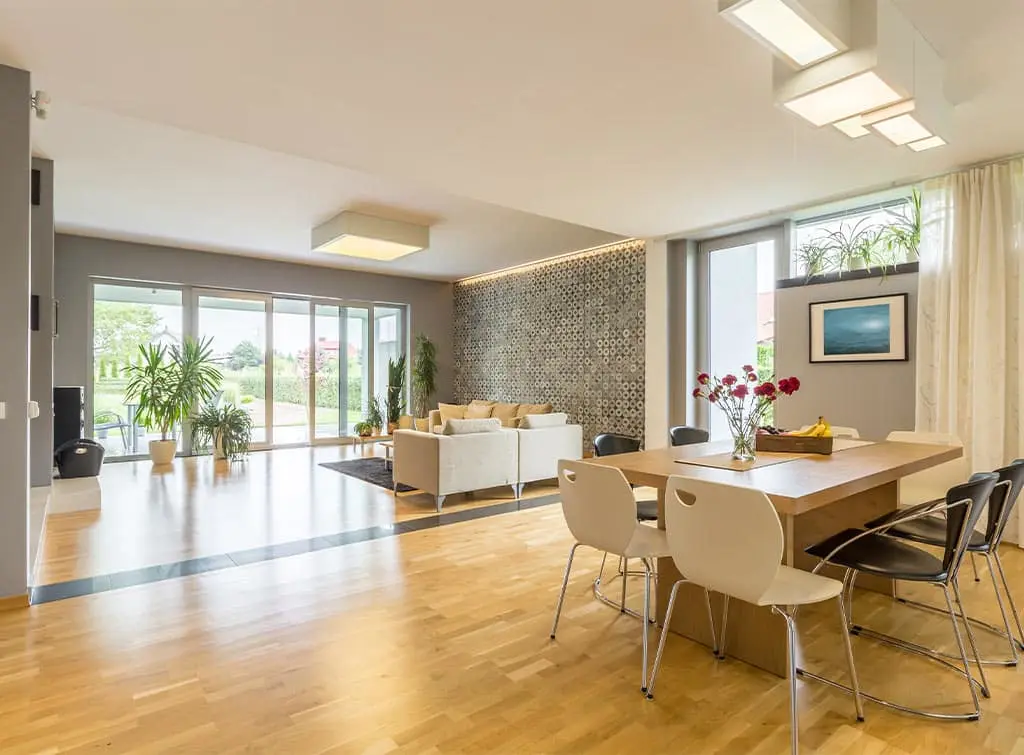
Open-plan living areas are well suited to accessible design, ensuring plenty of room to manoeuvre around each room. Within this, consider the following points:
Plan furniture placement carefully so there's sufficient space for a wheelchair or walking frame to pass
Make sure everyday items are within reach, lowering shelf height where necessary
Opt for lower hanging rails in built-in wardrobes
Avoid any thick rugs or runners that could make it difficult for wheelchair users to get around or be a trip hazard for those with mobility issues
Make sure plug sockets are within reach
Change all door knobs for lever handles
A connection with nature - even via a view of the greenery outside - is good for our health and wellbeing. Think about adding large, floor-to-ceiling windows where possible so everyone can enjoy the view.
If undertaking a renovation or self-build project, create the option for a ground-floor bedroom and walk-in shower, whether it's needed now or in the future.
User-friendly kitchens

Configure the kitchen so everyday items are easily accessible and tasks are easier to complete. For example, position the sink, fridge, and oven to minimise the back and forth when preparing a meal.
Install lower countertops and include work surfaces that can be accessed from a seated position with nothing underneath.
Replace kitchen base cabinets with pull-out drawers, avoiding hard-to-reach areas.
Kitchen renovation planning guide: Everything you need to plan your kitchen renovation project with ease
Whether you're an experienced DIY-er, or a keen novice, Checkatrade’s ultimate kitchen renovation planning guide covers everything you'll need, including: Initial ideas and inspiration How-to measuring guides Help with design choices Advice on the demolition phase Guidance on technical jobs Tips on
Safe and stylish bathrooms
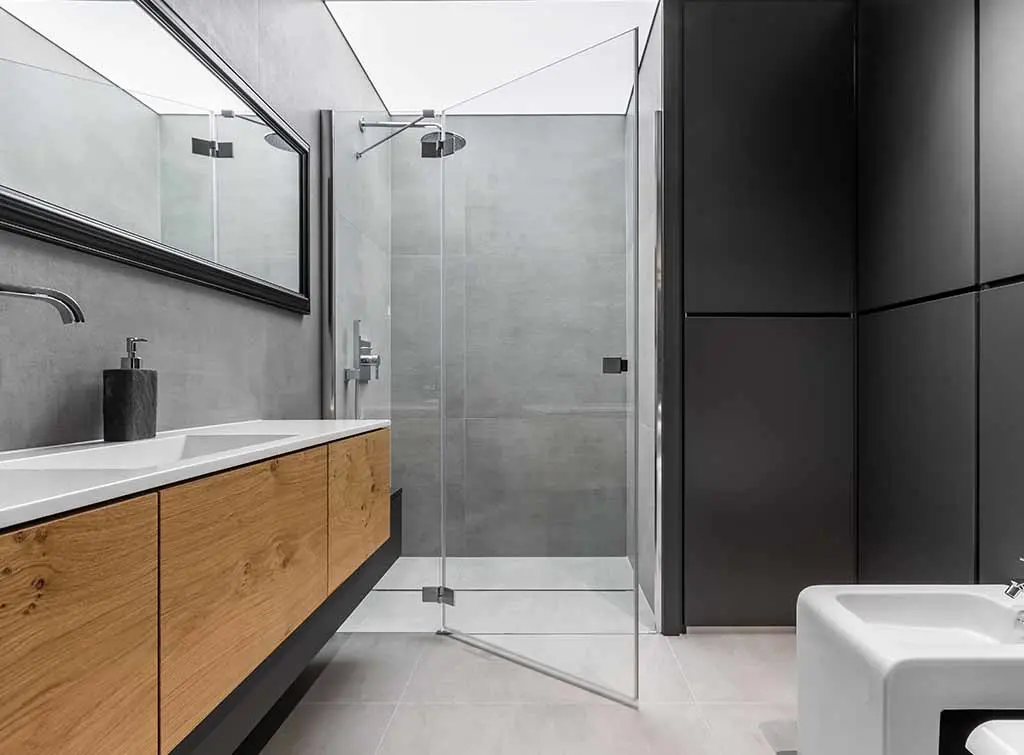
If redesigning a bathroom with future needs in mind, a walk-in shower is a great idea. They look sleek and stylish and are very accessible.
Non-slip flooring is always recommended in a bathroom. And a thermostatic shower is best for avoiding scalding accidents.
If and when needs change, a shower chair and grab rails can be added. Removing the vanity unit under the sink will provide better accessibility for wheelchair users.
See the tradespeople we've checked and recommend for your job
Accessible doors, hallways, and stairs
Navigating the internal layout of a property can present more challenges for those with mobility issues. Some of the key considerations to make your home more accessible include:
Making sure the minimum disabled door width is between 850mm to 900mm (which also adheres to DDA (Disability Discrimination Act) compliance
Aligning doors opposite one another to make it easier to move between rooms
Choosing sliding doors as they're not as heavy to open, especially from a seated position
Making sure hallways are wide enough for a walking aid or a wheelchair to manoeuvre and turn around
Avoiding level changes and including ramps where necessary
Avoiding steep staircases and installing handrails
If you, or other occupants, might require a lift shaft to help with accessibility in the future, plan for this now. If you're renovating your property or designing a new build, identify where a lift could go and ask your contractors to factor this in when cutting in the floor joists. This will make the installation less disruptive to the surrounding area when the time comes.
An inclusive outside area
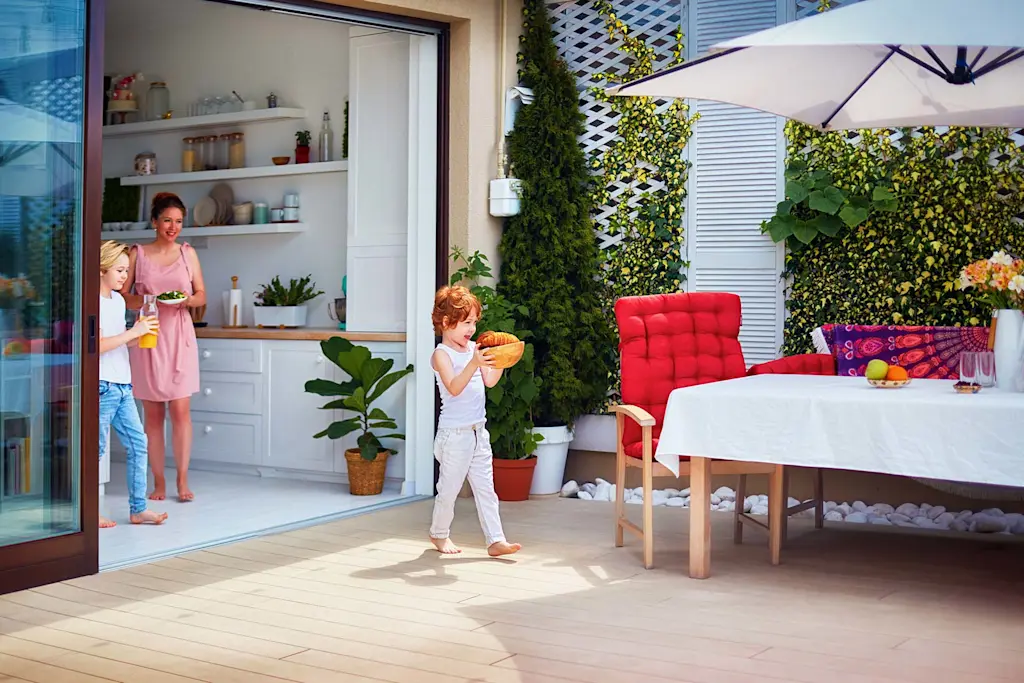
Inclusive design extends to your outside area too.
Make sure there's space on the driveway for a wheelchair to be positioned next to a vehicle
Check the route from the driveway to the house is on a gentle gradient
Outside lighting is essential - at the front and the rear of the house - to help avoid trips and falls
When designing your garden, aim for the access from the house to be on one level
Try to avoid steps, opting for gentle slopes instead
Incorporate plenty of seating to provide the opportunity for all family members to sit and enjoy the garden
Incorporate smart home technology
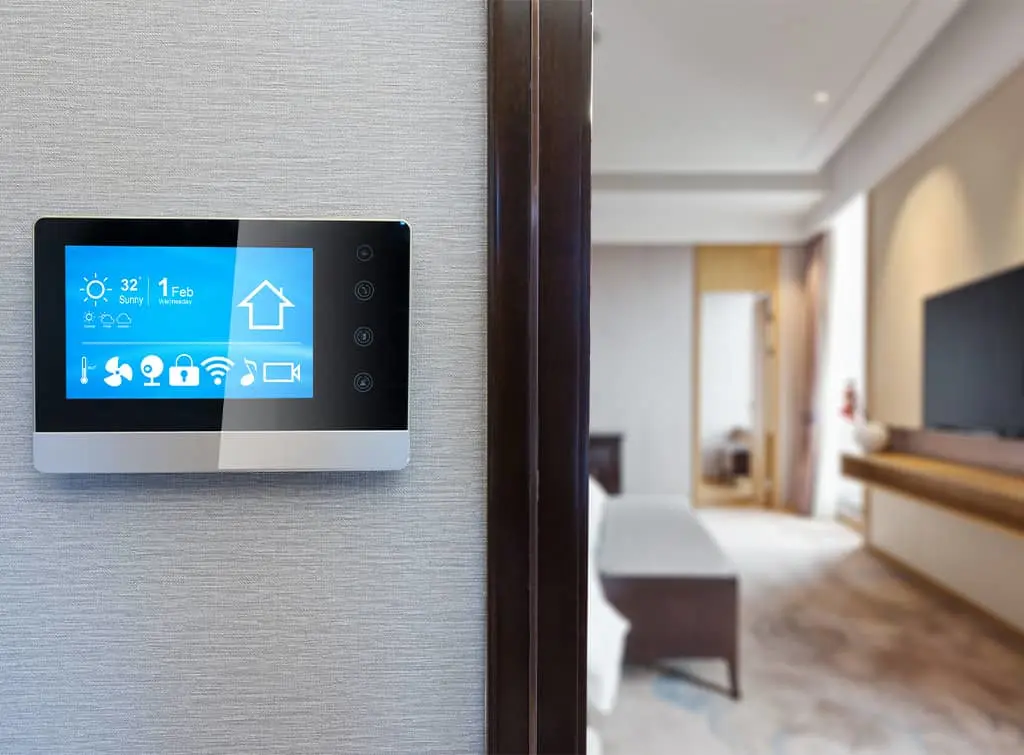
Lastly, consider how smart home automation could make your home more accessible, both now and in the future.
A smart front door lock offers keyless entry and is much less fiddly
A smart video doorbell makes it easy to identify visitors without opening the door
Smart lights can be scheduled to come on or be activated with voice commands
Smart plugs and switches can be used to control appliances remotely or via schedules
Robot vacuums can give you a hand with cleaning
Contact a smart home technology consultant near you to learn how it could benefit your home. Add your postcode below to see who comes highly rated in your area.
See the tradespeople we've checked and recommend for your job
Find the right architect for your home designs
To create an accessible home that's right for you, your family, and your guests, enlist the help of an experienced architect.
They'll ensure all planning permissions and building regulations are met while incorporating the principles of universal design to create a functional and stylish home for all its users.
Find the right architect for your accessible home designs by entering your postcode below.
See the tradespeople we've checked and recommend for your job
FAQs
How much does it cost to make a house wheelchair accessible (UK)?
On average, installing a wheelchair ramp costsaround £200. Astairlift costsin the region of £3,000, whereas the cheapesthome liftcosts around £15,000, ranging up to around £30,500 for a traction home lift. The averagecost of installing a wet roomsits around £8,000.
Can I get a grant to adapt my home?
The Disabled Facilities Grant (DFG) helps with the cost of making adaptations to your home, on a means-tested basis. This can include the installation of a ground-floor bathroom, widening doorways, adjusting heating and lighting controls, and installing ramps and lifts. You can also apply for assistance directly from your local authority if you're not eligible for a grant.
More Expert Advice Articles
See the tradespeople we've checked and recommend for your job




